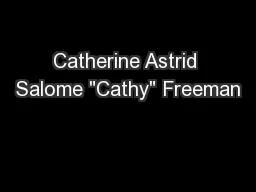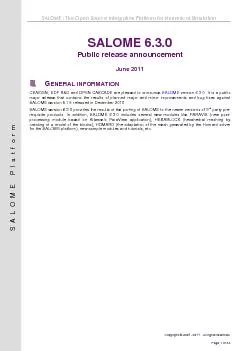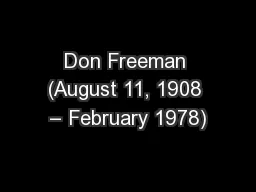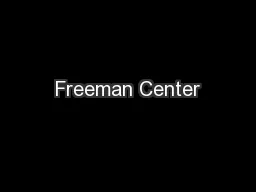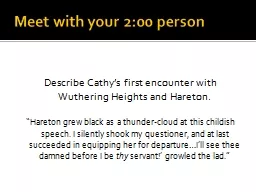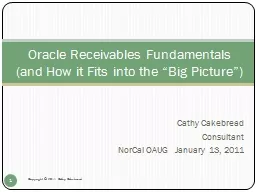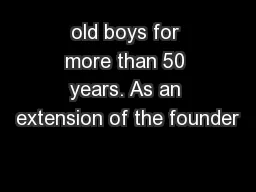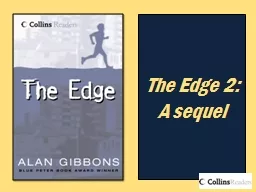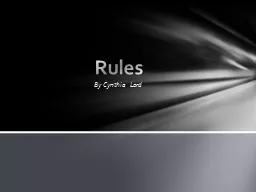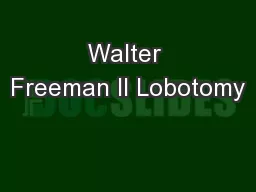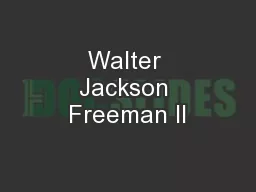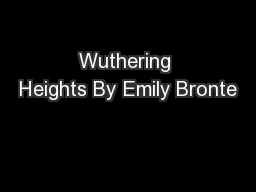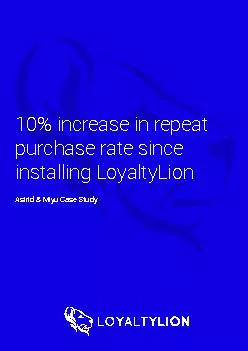PPT-Catherine Astrid Salome "Cathy" Freeman
Author : phoebe-click | Published Date : 2016-05-03
OAM born 16 February 1973 is a former Australian sprinter who specialised in the 400 metres event She became the Olympic champion for the womens 400 metres
Presentation Embed Code
Download Presentation
Download Presentation The PPT/PDF document "Catherine Astrid Salome "Cathy" Freeman" is the property of its rightful owner. Permission is granted to download and print the materials on this website for personal, non-commercial use only, and to display it on your personal computer provided you do not modify the materials and that you retain all copyright notices contained in the materials. By downloading content from our website, you accept the terms of this agreement.
Catherine Astrid Salome "Cathy" Freeman: Transcript
Download Rules Of Document
"Catherine Astrid Salome "Cathy" Freeman"The content belongs to its owner. You may download and print it for personal use, without modification, and keep all copyright notices. By downloading, you agree to these terms.
Related Documents

